TTH - Recently, in Quang Nam , there was a case of poisoning due to eating pickled carp. The poisoning cases were all very serious, caused by a type of bacteria called Clostridium botulinum, requiring support from Cho Ray Hospital and Ho Chi Minh City Tropical Hospital. So what is Clostridium botulinum?

Botulinum is found in canned products that have been stored for a long time or have not been preserved properly. Illustration Photo: umcclinic.com.vn
Clostridium botulinum (botulism bacteria) belongs to the genus Clostridium, is a Gram-positive, anaerobic, spore-forming bacillus that secretes very strong toxins. Spore-forming bacteria exist in soil, air, seawater, seafood intestines, and can withstand boiling conditions of 1000C (100 degrees Celsius) at 1 atmosphere for several hours. Clostridium botulinum bacteria produce botulium toxin.
Clostridium botulinum produces eight different antigenic neurotoxins (types A through G and F/A hybrids). Five of the toxins, types A, B, E, and the rare F and F/A hybrids (formerly labeled H), affect humans. Botulinum toxin B is a highly toxic protein that is resistant to degradation by gastric acid and proteolytic enzymes. The F/A hybrid is the most potent known. About 50% of foodborne outbreaks in the United States are caused by type A toxin, followed by types B and E.
Botulinum toxin is essentially a protein, with a high affinity for nerve tissue. Botulinum toxin is an extremely potent poison, with only 0.03 mcg injected intravenously being enough to kill a 70kg person.
Source of toxins
Canned foods, especially low-acid foods (pH > 4.5), are the most common source of ingestion of toxins; commercially prepared foods have been implicated in approximately 10% of outbreaks. Vegetables (usually not tomatoes), fish, fruits, and spices are the most common vehicles; beef, dairy products, pork, poultry, and other foods may also cause illness. Of outbreaks caused by seafood, type E accounts for approximately 50%; types A and B account for the remainder. In recent years, noncanned foods (e.g., potato chips, fried chopped garlic, sandwiches) have been implicated in restaurant-associated outbreaks.
Mechanism of action
Botulinum toxin binds irreversibly to the presynaptic terminal, cleaves important structural proteins on the terminal membrane and the membrane of acetylcholine-containing vesicles, prevents the release of acetylcholine into the synaptic cleft, and blocks neurotransmission in motor, parasympathetic, and autonomic nerves. Damaged synapses may require regrowth of axons and formation of new synapses to heal. The central nervous system and sensation are not affected.
The disease appears quickly 6 - 48 hours after eating contaminated food, commonly 12-36 hours after eating, sometimes up to 6-8 days.
Symptom
Abdominal pain, nausea, vomiting, then functional ileus, constipation.
Symmetrical paralysis on both sides, starting from the head, face and neck area, spreading down to the legs such as: drooping eyelids, double vision, blurred vision, sore throat, difficulty speaking, difficulty swallowing, hoarseness, dry mouth, paralysis of the muscles in the chest, abdomen and legs. Tendon reflexes are often reduced or lost.
Paralysis level: from mild (fatigue, muscle fatigue similar to physical weakness, unable to perform normal strenuous movements) to severe paralysis (sputum retention, poor cough, easy choking, respiratory failure). Severe cases can be fatal.
Diagnose
Diagnosis is mainly based on clinical and epidemiological factors.
Laboratory diagnosis is of little value. The laboratory can identify the toxin by mass spectrometry, mouse neutralization, or pulsed-field agar electrophoresis.
Disease prevention
Choose products with clear origin, recognized quality and safety standards.
Be cautious with sealed foods that have changed odor or color or taste unusual.
Do not seal foods yourself and leave them for long periods of time in non-frozen conditions (only freezing temperatures stop bacteria from growing and producing toxins).
Prioritize eating freshly prepared, freshly cooked foods.
With fermented foods, packaged or covered in the traditional way (such as pickles, bamboo shoots, pickled eggplants, etc.), make sure they are sour and salty. Once the food is no longer sour, it should not be eaten.
Dr. NGUYEN DUC HOANG
Source



















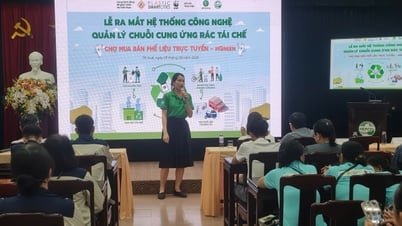
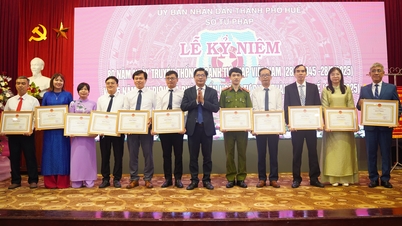

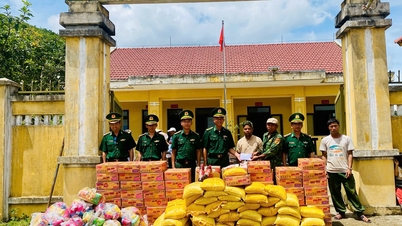


























































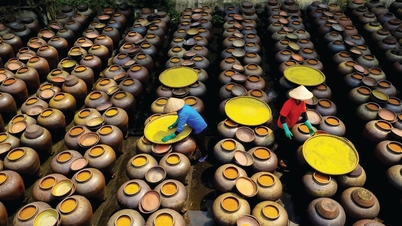








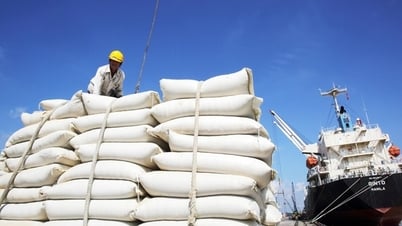











Comment (0)